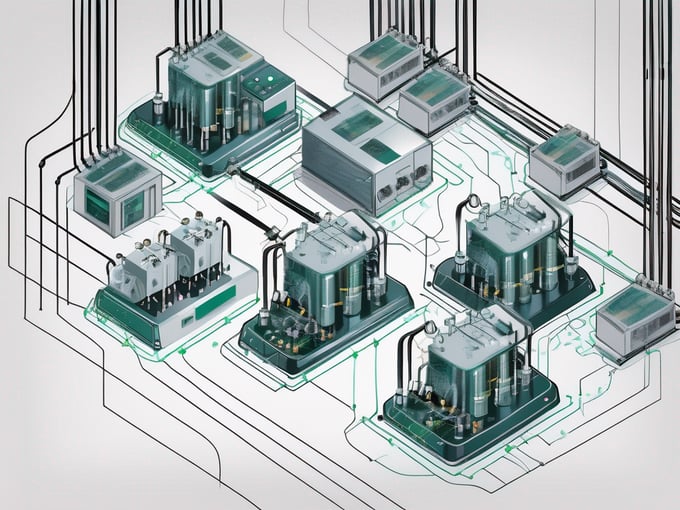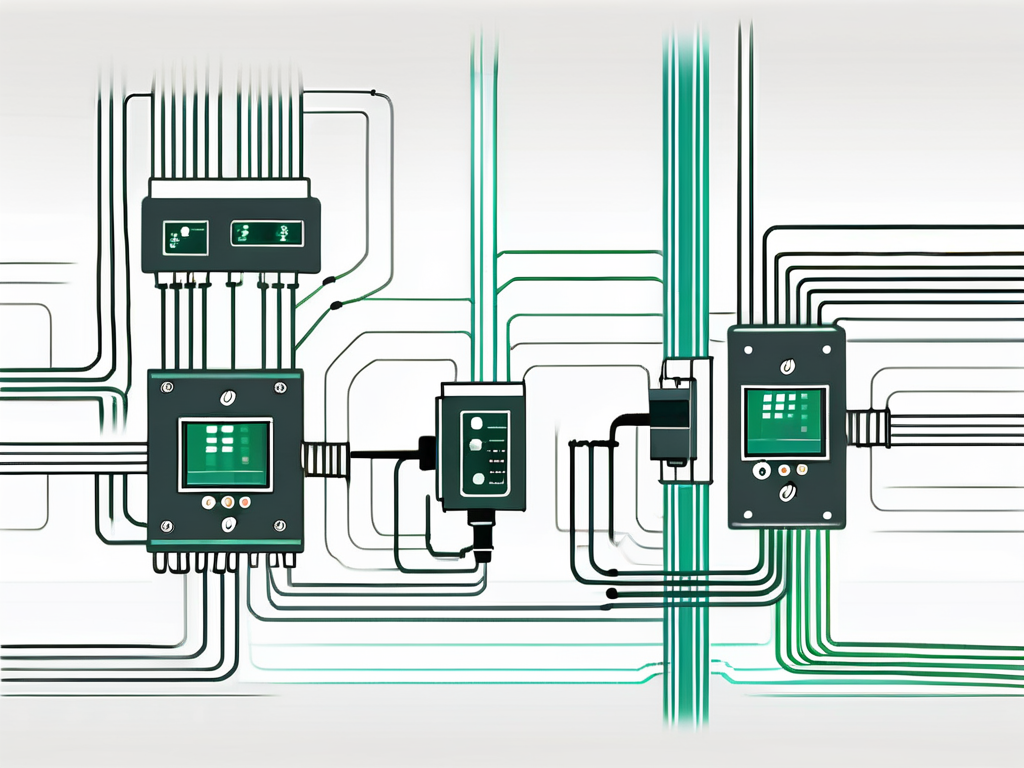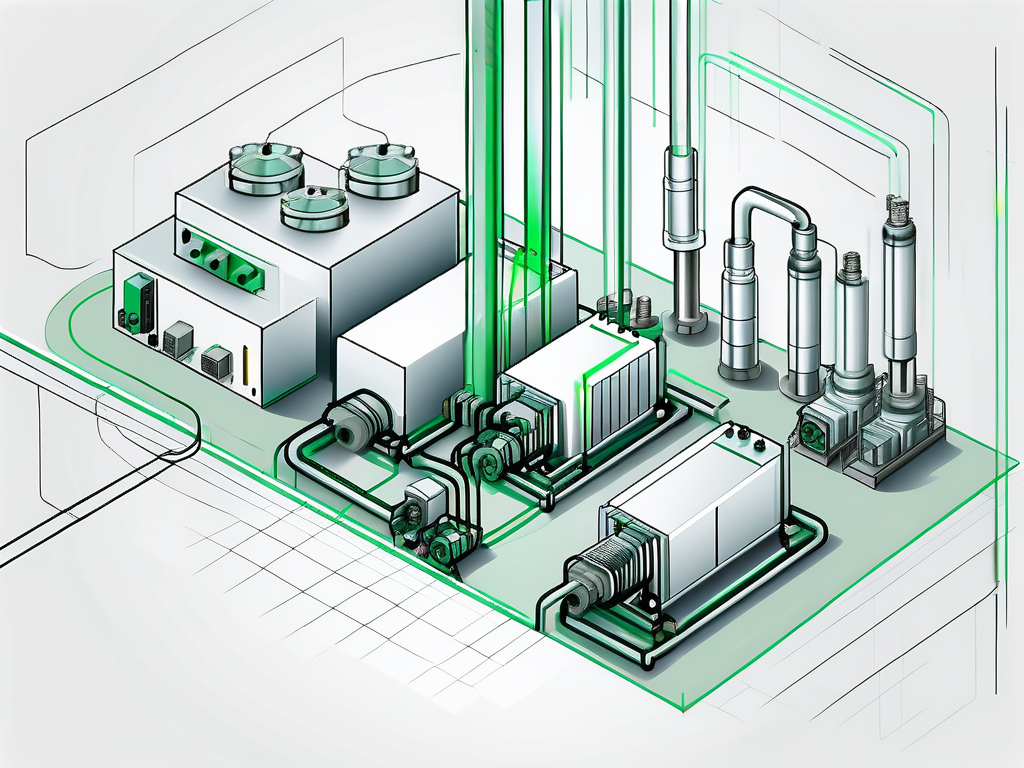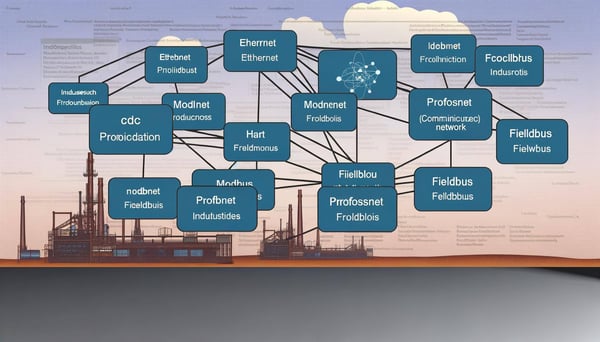
Fundamentals of PROFINET
In the dynamic world of industrial automation, the need for seamless communication and interoperability between devices and systems is paramount. One of the key players in this domain is PROFINET, a leading industrial protocol that has been designed to meet these needs. This article delves into the fundamentals of PROFINET, providing a comprehensive understanding of its architecture, benefits, and applications.
Understanding PROFINET
PROFINET, an abbreviation for Process Field Net, is an open standard for industrial networking in automation. It is a member of the PROFIBUS family, a group of protocols for fieldbus communication in automation technology. PROFINET was developed by PROFIBUS & PROFINET International (PI), a global consortium of companies and institutions that collaborate to promote and advance these technologies.
As an Ethernet-based protocol, PROFINET supports high-speed data transmission and real-time communication, making it suitable for both discrete and process automation. It is designed to handle the demanding requirements of industrial environments, offering robustness, reliability, and flexibility.
Architecture of PROFINET
The architecture of PROFINET is based on a provider-consumer model. In this model, devices, known as 'providers', offer data services to other devices, known as 'consumers'. This allows for efficient data exchange and communication between devices in an industrial network.
PROFINET uses three different communication channels for data exchange: the Real-Time (RT) channel, the Isochronous Real-Time (IRT) channel, and the Non-Real-Time (NRT) channel. These channels cater to different types of data and communication needs, ensuring optimal performance and responsiveness in various automation tasks.
Benefits of Using PROFINET
PROFINET offers a plethora of benefits that make it an attractive choice for industrial networking. These include high-speed data transmission, real-time communication, flexibility, and scalability, among others.

Thanks to its Ethernet-based design, PROFINET supports data transmission rates of up to 100 Mbit/s. This high-speed data transmission capability is crucial in applications where large amounts of data need to be exchanged quickly, such as in process control and monitoring.
Real-Time Communication
PROFINET's real-time communication capability is another significant advantage. This feature allows devices to exchange data in real-time, enabling precise synchronization and coordination of processes. This is particularly important in applications that require high precision and timing accuracy, such as motion control.
Furthermore, PROFINET's real-time communication is not affected by other network traffic, ensuring reliable and consistent performance even in busy network environments.
Flexibility and Scalability
PROFINET is highly flexible and scalable, making it suitable for a wide range of applications. It can be used in small, simple networks as well as in large, complex networks with thousands of devices. Moreover, it supports a variety of network topologies, including line, ring, star, and tree topologies, providing further flexibility in network design.
Additionally, PROFINET allows for easy integration of existing devices and systems, thanks to its support for various device profiles and its use of standard Ethernet technology. This makes it a future-proof solution that can adapt to evolving technology trends and business needs.
Applications of PROFINET
PROFINET is used in a wide array of industrial applications, thanks to its versatility and robust performance. These include manufacturing, process control, robotics, and more.

Manufacturing
In manufacturing, PROFINET is used for machine-to-machine communication, process control, and monitoring. It enables real-time data exchange between devices, allowing for efficient coordination and synchronization of manufacturing processes. This results in increased productivity, improved product quality, and reduced downtime.
Process Control
PROFINET is also widely used in process control applications. Its high-speed data transmission and real-time communication capabilities make it ideal for controlling and monitoring complex processes in real-time. This ensures optimal process efficiency and safety, which are crucial in industries such as chemical, oil and gas, and power generation.
Robotics
In robotics, PROFINET is used for controlling and coordinating robotic movements in real-time. Its precise timing and synchronization capabilities enable accurate and smooth motion control, which is essential in applications such as assembly, welding, and material handling.
In conclusion, PROFINET is a powerful and versatile industrial protocol that offers numerous benefits for industrial networking. Its high-speed data transmission, real-time communication, flexibility, and scalability make it a robust and reliable solution for a wide range of applications. By understanding the fundamentals of PROFINET, businesses can leverage this technology to enhance their automation processes and improve their operational efficiency.



